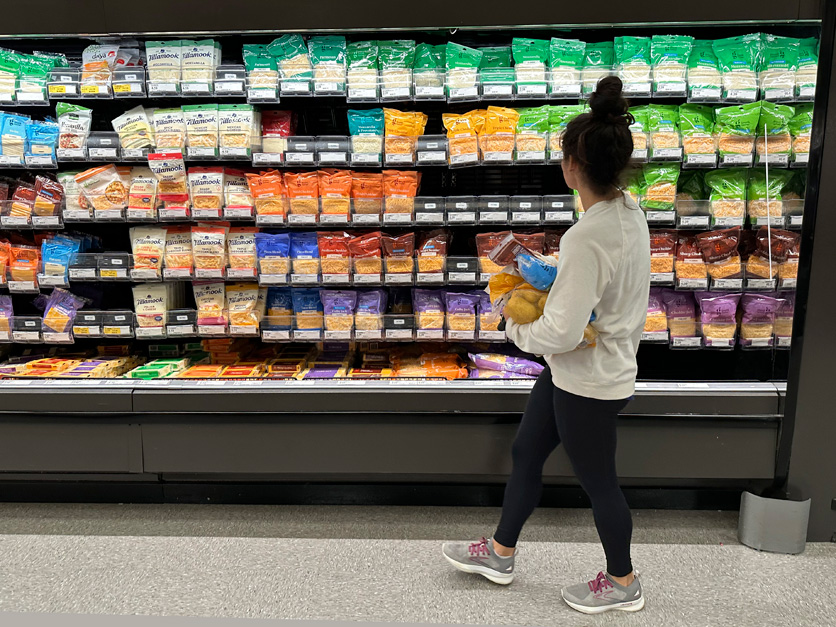Grocery prices were flat again in May and are up just 1% over the past 12 months, as the cost of eating at home continues to moderate, according to the latest Consumer Price Index.
The overall CPI also was unchanged in May on a seasonally adjusted basis, even though the cost of housing rose 0.4%, the Bureau of Labor Statistics reported Wednesday.
The index for overall food costs edged up 0.1% in May because the cost of eating out rose 0.4%, on a seasonally adjusted basis.
The index for food eaten at home had fallen 0.2% in April after being flat in February and March.
It’s easy to be “in the know” about what’s happening in Washington, D.C. Sign up for a FREE month of Agri-Pulse news! Simply click here.
For 2024, grocery prices are expected to increase just 1.2%, well below the 20-year average annual inflation rate of 2.7%, according to USDA's separate monthly forecast of food prices. Grocery costs rose 11.4% in 2022 and 5% in 2023.
The index for dairy products fell 0.5% in May, as milk cost 1.3% less than it did in April.
The price of chicken was up 1% and pork prices rose 0.9% in May, led by a 1.7% increase in the cost of bacon, but beef prices fell 0.3%, while prices for fish and seafood fell 0.5%. Prices for eggs were down 0.4%.
The index for cereal and bakery products rose 0.2%, while the cost of fruits and vegetables was flat in May.
Andy Harig, vice president of tax, trade, sustainability and policy development for FMI-The Food Trade Association, which represents major supermarket chains, said grocery costs continue to “move in the right direction.”
“This is welcome news for the 85% of shoppers who tell us they place a high priority on getting good value when they grocery shop. Even as food inflation cools, discerning shoppers are exercising their options to get the most out of their grocery dollar,” Harig said in a statement.


